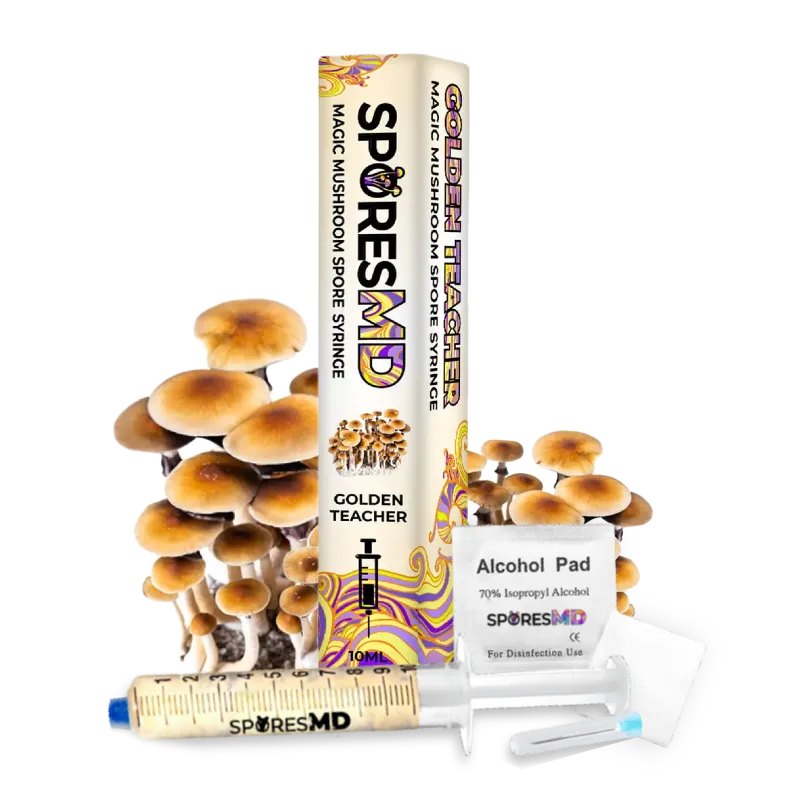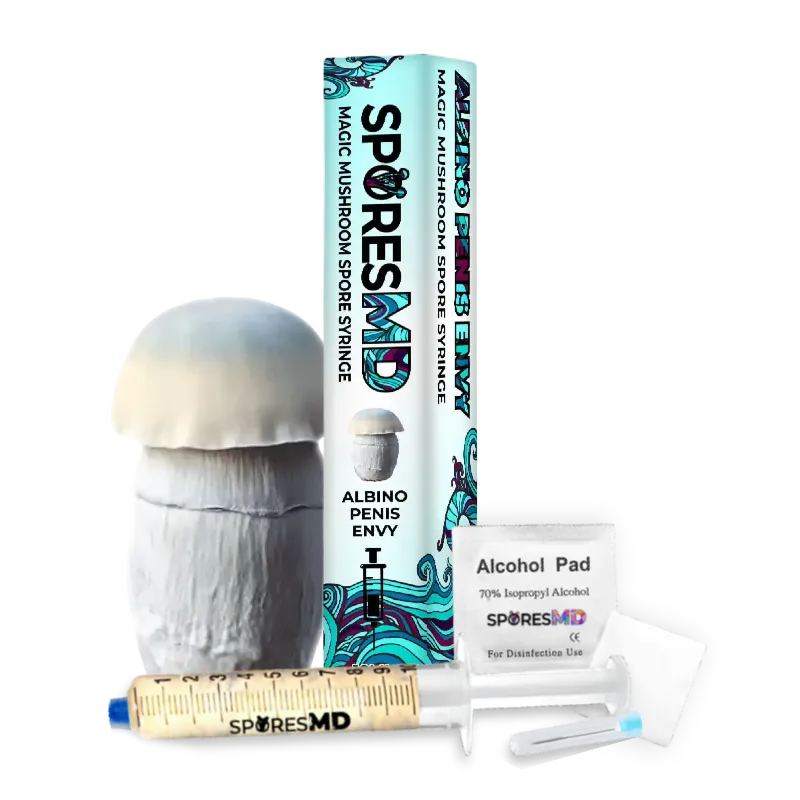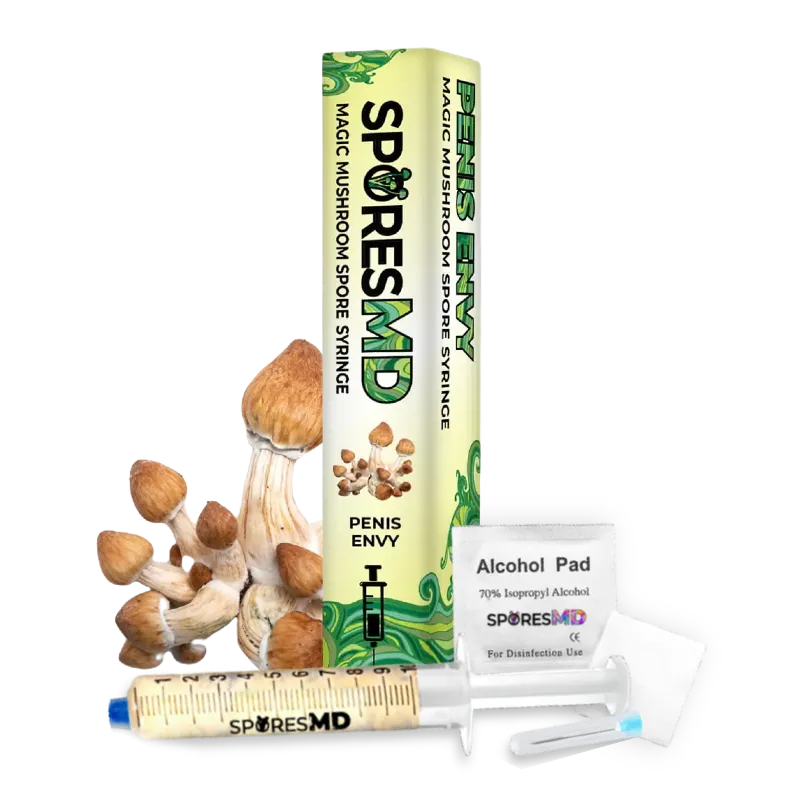Ever wondered about the magic behind the growth of those fascinating fungi we call mushrooms? It’s all about the spores! These microscopic particles are the seeds of the mushroom world, and guess what? You can collect them right in your own backyard.
If you’re a mushroom enthusiast or a DIY gardener, this is your chance to dive into the fascinating world of mushroom reproduction. We’ll guide you through the process, the precautions, and the potential of harvesting your own mushroom spores. So, get ready to roll up your sleeves and delve into the captivating world of mycology.
Key Takeaways
- Mushroom spores are akin to seeds in the plant world, and their collection is a crucial part of mushroom cultivation, yielding a diverse network of mushroom species.
- Collecting your own mushroom spores aids in understanding fungal reproduction, and in creating spore prints – an essential tool for mushroom identification.
- Proper storage of collected mushroom spores can benefit long-term research and cultivation endeavors, promoting self-sufficiency and providing security for future cultivation.
- The procedure to collect mushroom spores is straightforward and offers hands-on experience, starting with a mature mushroom cap and ending with a spore print or a spore syringe.
- Essential tools for spore collection include a knife, a glass container, aluminum foil, and sterile water. These play significant roles in the extraction, storage, and even germination of the spores.
- While collecting mushroom spores offers numerous benefits, it also presents potential hazards such as misidentification of species, health risks from spore inhalation, and challenges in achieving sterility during collection.
Understanding Mushroom Spores
Gaining intel on mushroom spores grants a solid start in the spellbinding world of mycology. Mushroom spores are minuscule, reproductive agents of mushrooms, akin to seeds in the plant world. They hold potential for a mushroom’s growth and propagation.
Their captivating existence is defined by variety: mushroom spores emanating from different species are characterized by varied colors, shapes, and sizes. For example, the spores of Agaricus Bisporus, commonly known as white button mushrooms, are earth-toned and spherical whereas those from a Lion’s Mane mushroom exhibit a unique cream color.
Acquiring these mushroom spores, like the ones available at SporesMD, unveils a whole new layer of mushroom cultivation. The availability of spore syringes, like those in Spores MD’s shop, offers an accessible way to collect and study spores.
Remember, working with mushroom spores requires caution, and it’s the handling process that pre-qualifies spore collection. Always guarantee sterile conditions to prevent contamination, preserving the spore’s propagation potential. A hands-on understanding of mushroom spore structure and physiology is equally crucial in ensuring successful spore collection and subsequent mushroom cultivation.
Starting with the basics, gradually gear yourself towards more advanced knowledge. Create your own mushroom spores collection, enhance your understanding and enjoy the fruits, or rather, the mushrooms of your effort. Stay ready to have your mycology curiosity piqued, and always aim to refine your mushroom cultivation skills.
Why Collect Your Own Mushroom Spores?
Collecting your own mushroom spores offers a slice of the fungal world for you to explore. It provides the chance to dive deeper into fungal reproduction, witness intricate patterns, and grasp a thorough comprehension of their life cycle.
In terms of cultivation, collecting spores extends the diversity in your mushroom cultivation. You’re not merely growing mushrooms but actively participating in their propagation. Each spore count holds the potential to diversify your fungi network, aiding in spawning new species, optimizing yields, and exercising control over your mushroom cultivation.
Collecting spores assists in spore print creation, a notable hobby among mycophiles. Your own spore print can significantly contribute to mushroom identification, an elemental skill in the world of mycology. Spore prints add an aesthetic value, carrying an array of colors among species, serving as an entrée to the diverse spore universe.
Storing mushroom spores is beneficial for longer-term objectives. Your collected spores on proper storage can remain viable for research, studies, and cultivation for years. These long term benefits offer educational opportunities and security for future cultivation.
Collecting mushroom spores also channels responsible mushroom cultivation. Using your own spores reduces dependency on market supplies, like Spores MD and promotes self-sufficiency in mushroom propagation. This element of control gives you the privilege in deciding the type, quantity and timing of your mushroom cultivation.
Besides, the procedure to collect spores is straightforward, easy-to-learn, and offers a hands-on experience. Starting with a mushroom cap and ending with a spore print or a spore syringe (as demonstrated by tools at Spores MD), the process is both educational and mesmerizing.
In essence, collecting your own mushroom spores complements your mushroom cultivation while offering a wide range of rewarding experiences. Delve into this world of spores, and it certainly won’t disappoint. From exploration to cultivation, identification to storage, the benefits of collecting your own mushroom spores are manifold — and infinitely fascinating.
Can You Collect Your Own Mushroom Spores: A Detailed Look
Indeed, you’re capable of collecting your own mushroom spores. It’s a practice that enhances your cultivation technique, significantly adding to your mycology skills. Here’s a closer look at how skillful, dedicated growers worldwide do it.
Understanding Mushroom Reproduction
Collecting mushroom spores starts from understanding fungal reproduction. Reproduction, considered a critical phase for mushrooms, involves the release of spores, tiny structures carrying the fungi genetic material. Mastering the tissue culture process, a crucial aspect in producing mushrooms from spores, allows a higher success rate and further enriches your mycology experience.
Required Tools For Spore Collection
Initiating spore collection calls for basic tools. A knife, a glass container, aluminum foil, and sterile water suffice to kick start your spore-collecting journey. Each tool plays a role in the extraction, storage, and even germination of the spores. Check the Spores MD shop for suitable and reliable primary tools.
Steps to Follow in Spore Collection
Collecting spores involves systematic steps beginning with choosing a mature mushroom that’s ready to release spores. You follow by sterilizing your tools, carefully cutting the mushroom cap, and then leaving it on a sterilized surface to release the spores. After collection, storage in a sterile, cool environment ensures the spores’ viability. This detailed procedure ensures you follow the best practices for spore collection.
Collecting mushroom spores isn’t insurmountable. It simply requires understanding the reproduction process, having the necessary tools, and following precise steps. Start your collection journey from the vast range available at the Spores MD shop. Enjoy the endless benefits it offers to mycology.
How to Collect Mushroom Spores: A Step-by-Step Guide
Collecting mushroom spores doesn’t require a mycologist’s expertise. With the right tools in hand, learn to procure spores efficiently. Follow this systematic guide and strengthen your mycology knowledge while diversifying your mushroom cultivation.
Step 1: Select a Mature Mushroom
Begin with identifying a mature mushroom. The caps open fully, indicating maturity of the mushroom species such as microscopy, available at trusted sources like SporesMD.
Step 2: Sterilize Your Tools
Ensuring cleanliness is crucial; sterilize your tools—knives, mortar, zip-lock bags. Use a flame or boiling water, then let them cool.
Step 3: Cut the Cap
Slightly sever the mushroom cap from the stem. Remove it gently, leaving the cap’s underside exposed.
Step 4: Set the Cap on Paper
Place the cap, gill-side down, on a sheet of clean, black paper. Cover it with a container, letting it remain undisturbed for 24 hours.
Step 5: Develop the Spore Print
Beneath the cap, spore print will present itself—a pattern produced by dropping spores. Colors vary, ranging from white to dark brown.
Step 6: Collect the Spores
Spore collection next— using a sterilized knife, scrape the spores gently onto a clean, sterilized surface. Avoid touching the print directly.
Step 7: Store the Spores
Store spores carefully in a sterilized, sealed container. Keep it where it’s dry and cool, ensuring spore viability.
For successful spore collection, precision, proper tools, and optimal storage conditions are critical. As the mushroom enthusiasts often say, ‘Fungal reproduction isn’t magic; it’s spores!’. Discover a variety of spore syringes at SporesMD’s shop.
Potential Hazards of Collecting Your Own Mushroom Spores
While home collection of mushroom spores presents opportunities, it’s also riddled with potential hazards. Misidentification is a primary concern. Even seasoned foragers struggle with differentiating safe from poisonous mushrooms. One mistake can have serious health implications, even fatal, if consumed.
Exposure to mushroom spores can pose a real risk. Inhalation of certain spores can cause health problems, among them respiratory issues. Research conducted by the Centers for Disease Control and Prevention (CDC) states that ‘certain mold spores can cause serious lung infections’. Always wear protective gear, like gloves and masks, when handling wild mushrooms or collecting spores.
Sterility serves as another hurdle in DIY spore collecting. As explained in SporesMD’s official website, even a particle of bacteria or yeast can contaminate your entire spore sample, hindering its growth and use. It’s crucial to thoroughly sterilize all equipment used in the collection process.
Conclusion
So, you’ve learned that collecting your own mushroom spores can indeed be a rewarding endeavor. It can deepen your understanding of mushroom cultivation and add diversity to your home-grown crops. But it’s not without its challenges. From potential health risks to the difficulty of maintaining sterility, there’s a lot to consider. Armed with the right tools, techniques, and protective gear, you can minimize these risks. Remember, thorough sterilization of your equipment is crucial to avoid contamination. While it may seem daunting, with careful preparation and attention to detail, you can successfully collect your own mushroom spores. Just remember to always prioritize safety first.

![Collecting Mushroom Spores: 5 Essential Steps & Hazards to Avoid [DIY Guide]](https://sporesmd.com/wp-content/uploads/2024/04/y8QCsaqqOssMTVOOE6EAe.jpeg)



